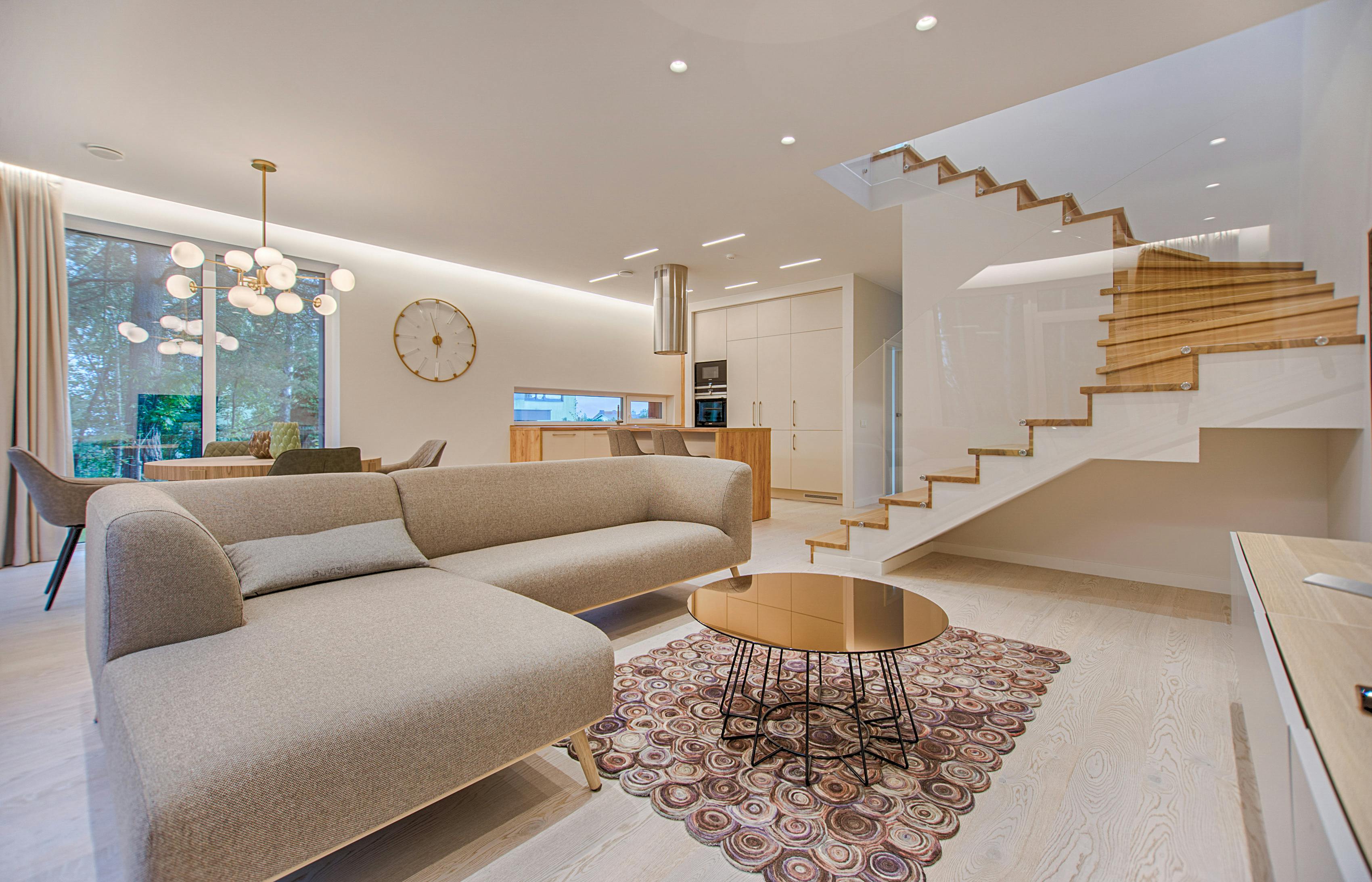3x Mall Insights
Exploring the latest trends and news in online shopping.
Mixing Patterns Like a Pro: The Unexpected Charm
Unlock the secret to stunning outfit combos! Discover how to mix patterns like a pro and stand out with unexpected charm.
5 Tips for Mixing Patterns: Discover the Unexpected Charm
Mixing patterns can seem daunting, but with the right techniques, you can create visually stunning outfits that showcase your unique style. Start by choosing a dominant pattern that will serve as the focal point of your ensemble. This could be a bold floral dress or a striped shirt. Once you have your dominant piece, select a complementary pattern that shares a similar color palette or vibe. For example, pairing a floral skirt with a subtle polka dot top can create a charming contrast while ensuring cohesion in your look.
Next, consider the scale of patterns: mixing large patterns with smaller ones can add depth and interest to your outfit. For instance, if you're wearing a large, graphic-print scarf, opt for a smaller, delicate print in your top or trousers. Additionally, don't shy away from primary colors when mixing patterns; they can anchor your look and prevent it from becoming too chaotic. Finally, finish off your outfit with solid accessories to ground your overall style, allowing your unique pattern mix to shine without overwhelming your appearance.

How to Combine Different Patterns for a Cohesive Look
Combining different patterns can seem daunting, but with the right approach, you can create a cohesive look that enhances your style. Start by selecting a color palette that ties the patterns together. For example, if you're combining stripes and florals, choose colors that appear in both designs. This helps to unify the overall aesthetic. Additionally, consider varying the scale of the patterns you use; pairing a larger floral print with smaller stripes can create visual interest while maintaining harmony.
Another effective strategy for achieving a cohesive look is to limit the number of patterns you incorporate into your outfit. Aim for a maximum of three different patterns, and ensure they complement each other. For instance, you could combine a polka dot top with a plaid skirt and a striped scarf. Keeping your accessories simple can also help in balancing the overall appearance. Finally, don't forget to incorporate solid colors to give your patterns a place to breathe, which will enhance the fluidity of your look.
What Are the Best Color Harmonies for Pattern Mixing?
Pattern mixing can elevate your wardrobe and make a bold fashion statement, but achieving the right balance often comes down to understanding color harmonies. The best color harmonies for pattern mixing revolve around three main types: complementary, analogous, and triadic. Complementary colors, located opposite each other on the color wheel, create striking contrasts. For example, pairing a vibrant blue patterned top with a deep orange accessory can draw attention while maintaining harmony. Conversely, analogous colors, which sit next to each other on the wheel—like blue, green, and teal—provide a more seamless blend that can soften bold prints while still standing out.
When experimenting with pattern mixing, it’s essential to consider the textures and scales of the patterns alongside the color harmonies. Utilizing a mix of large and small patterns can add depth and interest to your ensemble. For instance, try mixing a larger floral print with a smaller geometric design in a similar color palette. This approach allows you to play with color harmonies without overwhelming the eye. Ultimately, the key is to maintain a sense of balance, ensuring that your outfit feels cohesive while showcasing your personal style.